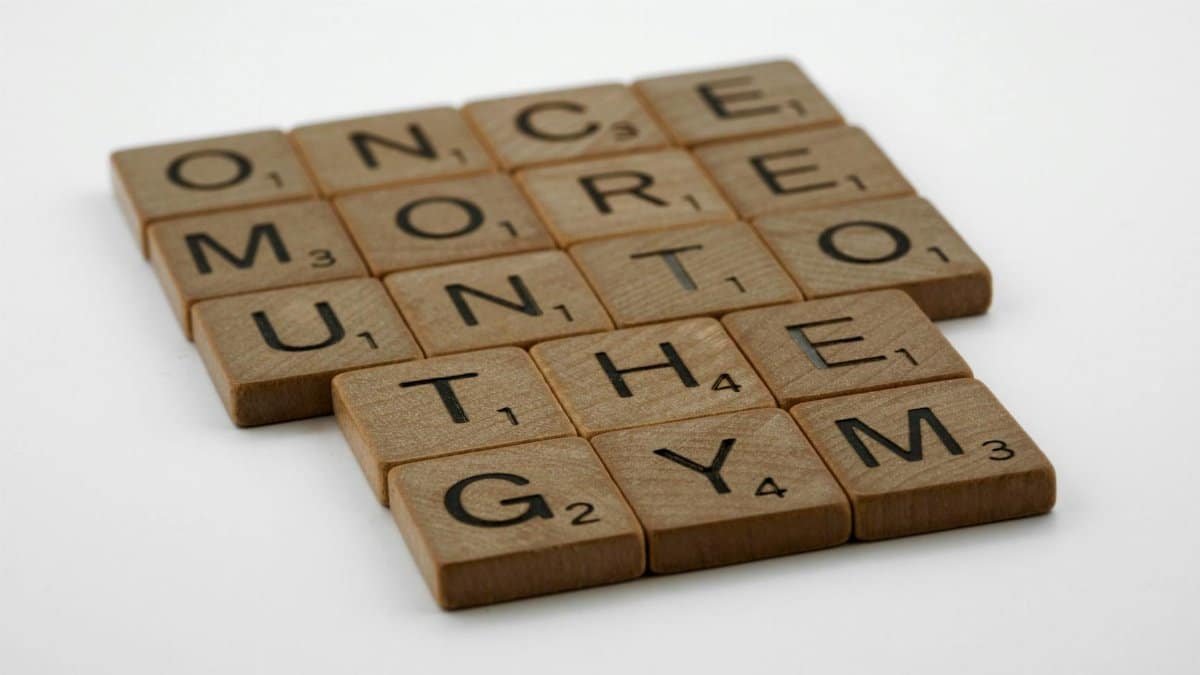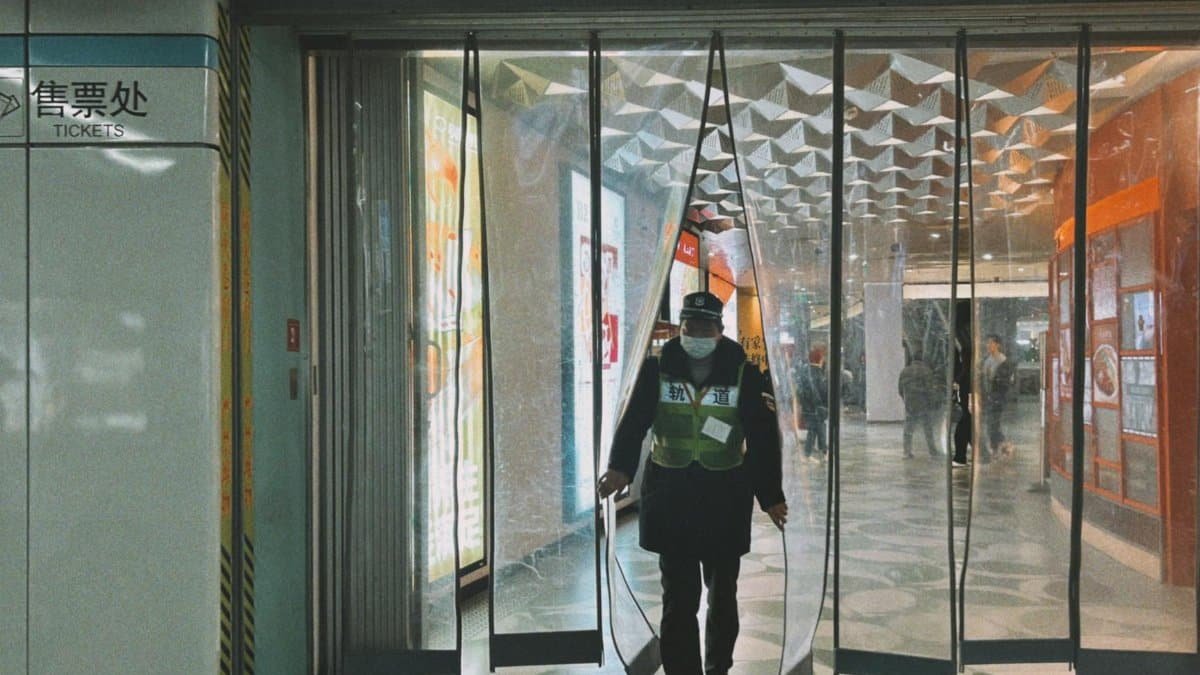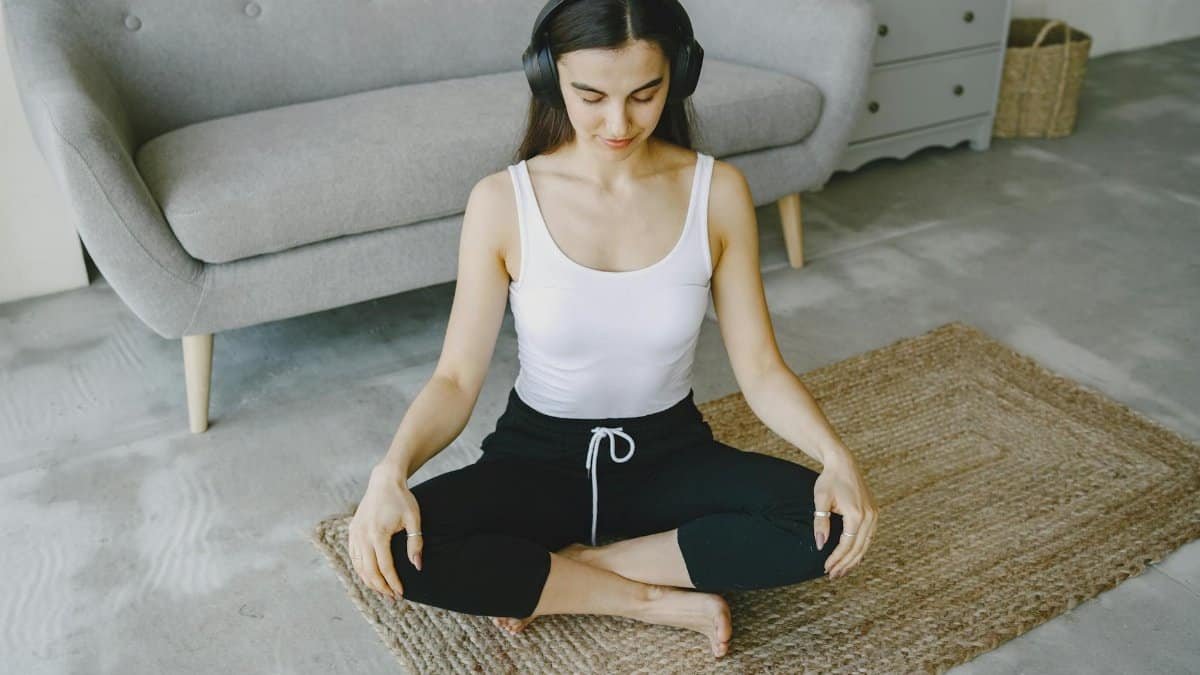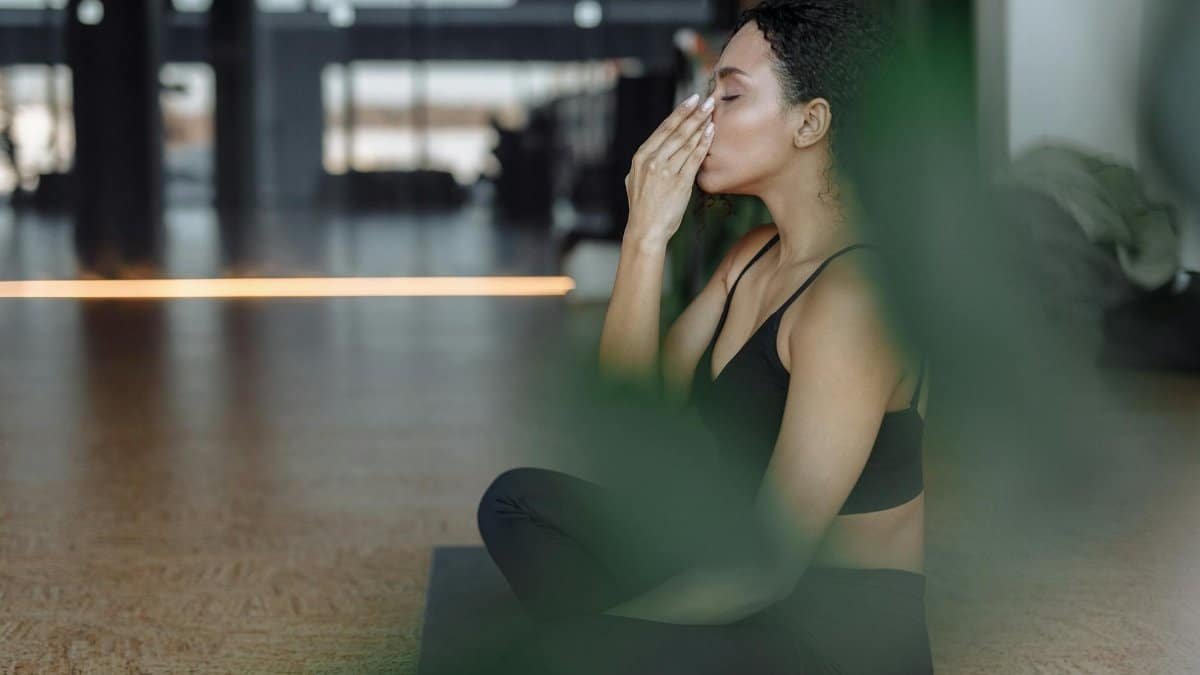Surprising Rise in Breathwork Adoption

New data shows 40% of Americans struggling with sleep issues are now incorporating breathwork techniques into their nightly routines, according to a recent survey by the American Psychological Association. This shift highlights a growing trend toward natural methods for improving rest. Resilience wellness healing, which often includes breathwork as a core practice, is gaining traction as people seek ways to build emotional strength and recover from daily stresses. Experts say it’s not just about falling asleep faster—it’s about fostering long-term mental clarity and balance.
What Is Breathwork Exactly?

Breathwork involves controlled breathing exercises designed to influence the body’s nervous system. Techniques like the 4-7-8 method, popularized by Dr. Andrew Weil, help activate the parasympathetic response, signaling the body to relax. In the context of resilience wellness healing, breathwork serves as a tool for emotional regulation, allowing individuals to process stress and trauma through mindful inhalation and exhalation. Americans are drawn to it because it’s accessible—no equipment needed, just a few minutes before bed.
The Science Behind Better Sleep

Studies link breathwork to reduced cortisol levels, the hormone tied to stress that disrupts sleep. A 2023 study from Harvard Medical School found participants who practiced deep breathing for 10 minutes daily reported 25% better sleep quality after four weeks. This aligns with resilience wellness healing principles, emphasizing recovery from adversity through physiological calm. By slowing the heart rate and easing anxiety, breathwork prepares the mind for restorative rest, making it a go-to for insomniacs nationwide. For more details, check the Harvard Health Publishing on relaxation techniques.
Why Americans Are Turning to It Now

Post-pandemic burnout has left many grappling with sleep disorders, with CDC data indicating one in three adults gets insufficient rest. Breathwork offers a drug-free alternative amid rising concerns over sleep aids’ side effects. In urban hubs like New York and Los Angeles, wellness apps and classes promote it as part of resilience wellness healing programs. Users report not only deeper sleep but also enhanced focus during the day, addressing the demands of high-pressure jobs and family life.
Real Stories from Everyday Users

Take Mark Thompson, a 45-year-old teacher from Chicago. After months of tossing and turning, he started box breathing—a technique inhaling for four counts, holding, exhaling, and holding again. “It changed everything,” Thompson said. “I wake up refreshed, ready to handle whatever comes.” Similar accounts flood online forums, where Americans share how breathwork integrates into resilience wellness healing journeys, helping them bounce back from setbacks like job loss or health scares.
Common Techniques for Beginners

Start simple with diaphragmatic breathing: Lie down, place a hand on your belly, and inhale deeply to expand it, then exhale slowly. Another favorite is alternate nostril breathing, which balances the brain’s hemispheres for calm. These methods fit seamlessly into resilience wellness healing routines, promoting healing through consistent practice. Apps like Calm and Insight Timer guide users, making it easy for busy Americans to adopt without overwhelming commitment.
Potential Challenges and How to Overcome Them

Not everyone nails breathwork on the first try. Some feel lightheaded or frustrated if results aren’t immediate. Experts recommend starting with short sessions and consulting a doctor if you have respiratory issues. In resilience wellness healing contexts, pairing breathwork with journaling can track progress, turning challenges into growth opportunities. Persistence pays off, as evidenced by user testimonials showing improved sleep after two weeks of daily effort.
Impact on Mental Health and Daily Life

Beyond sleep, breathwork boosts overall resilience by enhancing emotional regulation. A report from the National Institutes of Health notes its role in reducing symptoms of anxiety and depression, key barriers to good rest. Americans choosing this path often find it spills over into better relationships and productivity. As part of broader resilience wellness healing strategies, it empowers individuals to heal from within, fostering a sense of control in an unpredictable world. See the NIMH page on anxiety disorders for related insights.
Expert Opinions on Its Effectiveness

Dr. Elena Rossi, a sleep specialist at Johns Hopkins, calls breathwork “a game-changer for non-pharmacological sleep improvement.” She points to its low cost and high accessibility, ideal for diverse populations. In wellness circles, it’s hailed for aligning with resilience wellness healing by building inner strength. Critics argue more long-term studies are needed, but current evidence from sources like the Sleep Foundation supports its benefits for most users.
Integrating Breathwork into Your Routine

To make it stick, set a bedtime alarm for a five-minute session. Combine it with dim lights and no screens to amplify effects. For those exploring resilience wellness healing, track how breathwork aids in processing emotions, leading to profound healing. Millions of Americans are already reaping the rewards, proving it’s more than a trend—it’s a practical tool for sustainable well-being in 2025 and beyond.
